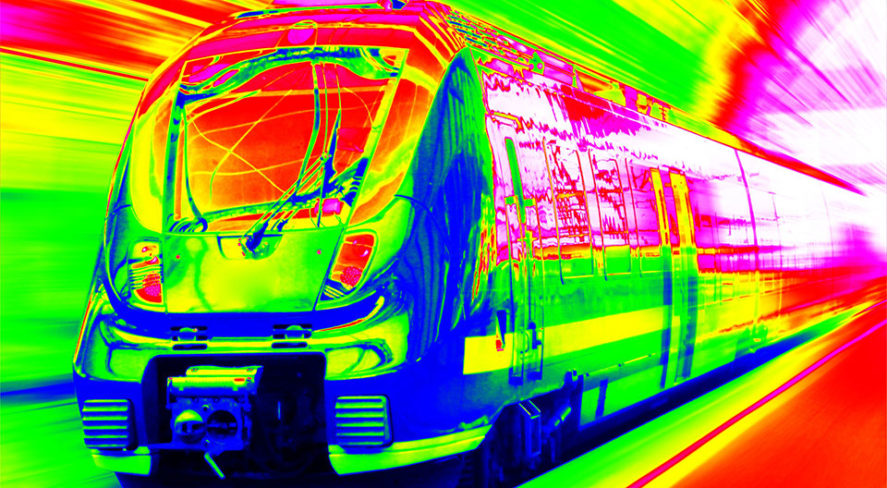3 Smart City Technologies Improving Security and Transportation


Smart cities offer solutions to our greatest urban challenges. Rising crime rates, traffic congestion and inefficient utility use are all issues that smart cities seek to address. For these metropolises, the goal is to gather both real-time information and trends over time that can inform business, operations and tactical decisions.
There are several factors driving the development of smart cities; first, they thrive on data aggregation and analysis. The rapid adoption of technologies that enable greater data capture has been a key catalyst. Internet of Things (IoT) solutions are a prime example. According to research firm Gartner, there will be 14.1 billion IoT devices in use in 2019, and this number will increase to 25 billion in just two years.
The emergence of 4K and ultra HD surveillance cameras has helped fuel the smart cities revolution, too. These cameras are now able to record more details than ever before. When integrated with advanced analytics, such as object recognition and people counting, these solutions can deliver valuable business intelligence beyond security.
The ever-present need to increase safety and security has also influenced the smart cities agenda. The frequent unauthorized intrusions, suspect pursuits and mass shootings are just some of the incidents generating demand for intelligent surveillance cameras, license plate recognition systems, gunshot detectors and other technologies.
Today, there are solutions making great strides in early threat detection for quick decision making in smart cities. Here’s a look at three technologies improving coordinated responses across agency teams in precarious situations to affect more positive outcomes.
Smart mobile sensors are expanding surveillance and data aggregation beyond the point of fixed cameras. While traditional wearable devices only capture video and audio, next-generation mobile sensors feature artificial intelligence (AI), IoT technology and geospatial positioning. As a result, these solutions trigger other connected devices, such as a nearby PTZ camera, and stream data from all sensors back to a command center who can coordinate with other public safety organizations. With this technology, security officers dispatched to diffuse a fight at a sporting event can attend to injured guests and stream video back to control room operators who could share this information with local police for further investigation.
Thermal traffic cameras are enabling safer roads by improving incident detection. Standard surveillance cameras can be negatively impacted by inconsistent light conditions. Sun glare, headlights and shadows can all hamper video capture and video clarity. Thermal cameras use heat signatures to produce video so they do not require a light source, nor are they affected by light. They can see and identify both pedestrians and cyclists in complete darkness, rain, fog and smoke. When equipped with traffic analytics, thermal cameras are especially useful for detecting wrong-way drivers on roads at night. By enabling automatic incident detection, thermal traffic cameras allow traffic operators to respond quickly so accidents can be avoided.
Intelligent transportation systems utilizing connected vehicle-to-everything (V2X) technology are enhancing driver safety, traffic management and overall mobility. V2X solutions enable vehicles to exchange real-time traffic information with other connected vehicles and infrastructure. A thermal sensor with V2X technology that is mounted on a traffic signal can broadcast safety messages to approaching vehicles, warning drivers to slow down upon detection of a pedestrian at night. These V2X sensors can also recognize public transportation and emergency vehicles for traffic signal priority.
Leveraging AI, connected systems and big data, smart cities are the future of urban development. Investment in smart city initiatives is expected to exceed $12 billion by 2025. There is ample opportunity for security and technology companies in this market.
The views and opinions expressed in guest posts and/or profiles are those of the authors or sources and do not necessarily reflect the official policy or position of the Security Industry Association (SIA).
